As a cold outbound email agency founder, I spend most of my time figuring out how to help clients gain traction with prospects via cold emails. I work with approximately 55 clients, and send about 1.5M cold emails per month.
The challenge of this work is obvious. You’re sending someone—out of nowhere—an invitation to become a paying customer. Even if you’re not explicitly trying to make a sale, you’re probably asking to book precious time on someone’s calendar. The reality is that, according to Mailbird, approximately 35% of all emails go entirely unopened, so your offer really needs to resonate.
This post will walk through the four-phase system I use at Growth Engine X to help companies figure out what their lightning-in-a-bottle offer is—or, alternatively, to prove that none of their product offerings resonate with their target ICP.

- Break an organization’s core value proposition into a list of compelling product offerings. It’s important to consider what among your bouquet of products and features will best resonate with your cold outbound prospect list at the present moment.
- Ensure you’re creating demand generation, not relying on demand capture. Ensure you angle your offer as an innovative and unique solution. A cold outbound offer that is heavily commoditized and easily solved for by someone else won’t resonate.
- Frame your message as a quick and to-the-point solution, a problem to be solved, or a lead magnet. While there are a multitude of ways to get attention in outbound, these three framing categories are useful in getting your recipients’ attention.
- Test your product offering and messaging tactics using a phased approach to cold email. Start with a typical sales pitch. If that succeeds, you know your offer has traction among your ICP. If it fails to resonate, shift your focus to gathering information using creative approaches to cold outbound.
Validate your offers by thinking about message-market fit After an offer has failed, people sometimes say that it would’ve never worked anyway.

In my experience, that’s entirely true. No amount of personalized messaging can convert a client if your core offer is bad. But you’re not off the hook—you should be able to understand and explain why an offer isn’t working. And from there, you can determine what type of offer might actually engage your recipients.
Here, I’m sharing a methodical approach to craft and validate your offers called message-market fit.
What is message-market fit?
In a nutshell, message-market fit is the ability for a cold outbound email to turn a prospect into a lead.

I ask myself: what messaging fits the market my clients are aiming at?
I’ve attempted to develop a system that begins with a comprehensive understanding of my clients’ product offerings so I can test a variety of messaging approaches if an early offer fails.
My approach is the opposite of traditional nurture campaigns, which gradually build up to an invitation to become a customer. Instead, I aim for speed and dexterity. My objective is to quickly begin funneling down to the offer that will actually convert prospects to qualified leads.
Here’s my four-step framework for Offer Validation / Message Market-Fit:
Step One: Break down a company’s value proposition into component product offerings
Before we’re ready to send cold outbound emails to a company’s ICP, we have to understand what specific offer is most likely to resonate at this particular moment. To do this, we break down the company’s broader value proposition into its component product offerings.
Let’s take our company, Growth Engine X as an example, because it’s easy for us to list out our array of services. Our differentiating value proposition is that we help companies automate their outbound motion at scale. We’re able to promise our prospective customers that they will be able to automatically send hundreds or thousands of prospects emails at a level of personalization and relevance that would have otherwise required ten minutes of research per prospect.

That’s the top line, but captured within that value proposition is a compelling list of component parts that comprise the overarching offer. These include:
- Email deliverability
- Account scoring
- Account enrichment
- Building lists of accounts
- Disqualifying accounts
- Contact list building
- Contact enrichment
- Contact scoring
- Copywriting
- Campaign strategy
- Insights from sending 1.5 million cold emails per month
- AI messaging
- CRM integrations
Every cold outbound email contains multiple variables, including which component product offering to spotlight and how it should be positioned in the message. Since there are a variety of ways to break down the offer, we need to test them to determine what our outbound recipients are going to find most interesting.
Once we’ve assembled a client’s raw list of product offerings, we categorize them into whether they help customers save time, save money, or make more money. We find that B2B SaaS companies tend to fall into one of these three categories.
Once we’ve determined which offer we’d like to spotlight and test in our outbound campaigns, we’re ready to begin framing them in a way that will improve their likelihood of gaining traction.
Step Two: Craft an offer that nobody else has (by generating demand)
The key to finding message-market fit lies in your ability to:
- Understand demand capture vs. demand generation
- Turn any offer into a demand generation play

Demand capture vs. demand generation
Let’s take a look at what we mean by first defining both terms.
Demand capture in this context is when your cold outbound email promises to solve a problem that is commonly understood and solvable by many.
Example: An invitation to revamp the recipient’s website.
This is heavily commoditized, meaning many people and organizations already offer this type of service. The likelihood that someone will receive a cold email with this offer and feel inspired to book a call is low, because the recipient probably knows they can go on Fiverr, or even LinkedIn or Twitter to find someone they already know, or a company with a more competitive price to do the work being offered.
Demand generation is the ability for your cold outbound email to effectively convince people you have a convincing and innovative solution to a problem. These offers are even better when the email they receive raises an issue that feels suddenly important even if they’d never previously considered it.
Example: An invitation to provide contact information for the anonymous visitors to your website.
Not that many people know you can provide them a de-anonymized list of email addresses and other contact information for the people who visited their website. This is the type of offer that stands to have great traction because it is a unique offering that has the potential to truly inspire the recipient.
Inherently, cold email is a demand generation channel. You’re interrupting someone’s day and asking them to try something new. That is most likely to work when the solution being offered has the potential to surprise, delight, and move the recipient to consider something they hadn’t thought of.
Cold email isn’t a great way to sell a service that a multitude of people and companies sell. Offers that lean more toward demand capture mean that prospects usually do their own research, know where to find solutions providers with reviews, and have friends they can ask at any time.
That’s why things like website design, cyber security, HR solutions, and other categories of offers that are solvable by many types of people and companies are difficult to get conversions on with cold outbound email. That doesn’t necessarily mean these types of organizations can’t or shouldn't still do cold outbound; they just need to frame their offer to look and feel like demand generation instead of like demand capture.
How to make a heavily commoditized product more enticing for a cold email audience
You can transform a demand capture offer into a demand generation offer using your messaging and your list. Let’s start with your messaging.
Imagine that you're a bookkeeping company and you want new clients, but your work is both commonplace and heavily commoditized. This means the offer naturally falls into the demand capture category. It’s not innovative, it’s just taxes. If someone wants a bookkeeper, they’re not very likely to book a call or sign up to work with someone who cold emailed them out of the blue.
So the question becomes: How can we frame bookkeeping as a creative offer? How can we reposition the work of a bookkeeper or bookkeeping company as a demand generation offer that would inspire someone receiving a cold email to respond?
We might send messaging that pitches the service as an audit and say something like,
“Hi {{first name}}, we see you’ve been growing your business consistently over the past {{few years}}, and we assume you have a bookkeeping service you’re satisfied with.
Nevertheless, would you be interested in having someone audit the work of your existing bookkeeper to ensure you’re saving as much money as possible?
Suddenly you’ve generated a demand for a solution to a problem the recipient likely hadn’t thought of, but which nevertheless resonates as something prudent and an all-around good idea.

How to apply a demand generation mindset to your prospect list to increase response volume
You can also manipulate your prospect list to increase the likelihood that your offering is taken as a demand generation solution vs. a run-of-the-mill demand capture sales pitch.
For example, if we stick with the bookkeeping company that wants more customers, we might improve upon a general prospect list of small businesses by segmenting that list to be more primed for a creative bookkeeping offer.
So, instead of reaching out to any small business, perhaps you segment the list further by targeting companies that were created in the last two years, that have received funding, and are being led by a first-time CEO (who may very well need to establish new bookkeeping practices and relationships).
By creating a more targeted list, you’ve positioned yourself to resonate better with your audience. For one, the audience is clear, so your messaging can be more tailor-made. And two, the segmentations you’ve identified are prime for a bookkeeping audit compared to a small business that’s been in business for decades with a seasoned leader who presumably has a fully-baked bookkeeping system.
Once you’ve identified your array of product offerings, determined which ones you’d like to test in cold outbound messaging, and angled the offer to feel unique and non-commoditized, you’re in a good position to think about how you’re framing the message—as a quick and to-the-point solution, a problem to be solved, or a lead magnet.
Let’s take a look at how you can best frame your cold outbound message.
Step Three: Frame your cold outbound message as a quick and to-the-point solution, a problem to be solved, or a lead magnet
There are basically three ways to frame your offer—as a quick and to-the-point solution, a problem to be solved, or as a lead magnet. Let’s break each of these down.

Quick and to-the-point solutions
Alex Hormozi, founder of Acquisition.com, uses this proven framework for his cold email campaigns:
We help {{audience}} achieve {{outcome}} in {{time}} without {{defined risk}}.
For example, let’s take a company like Taplio. If Taplio were to send an outbound email offer, it might say something like:
We help people grow their LinkedIn presence and impact using AI and expert tactics in less than ten minutes per day. You’ll grow your pipeline and maximize your online impact for less than $50/month.
This quick and to-the-point strategy in which you rapidly call out the audience, the outcome, the time-to-value, and the lack of risk is a strong option, because it lays everything on the table rapidly, with an air of confidence. This is the kind of move that can work well when the offer is compelling enough to warrant a direct message.
The next way you can package your value proposition in an outbound message is through problems to be solved.
Problems to be solved
Sometimes, the value proposition can be communicated creatively in cold outbound by simply asking the recipient if they’re interested in having an easily identifiable problem solved.
Staffing and recruiting companies can have particularly good success with this type of message, but there is a degree of nuance required to make it resonate.
For example, an ineffective problem inquiry might say something like, “Hi, {[first name}}. Would you like my staffing agency to help you hire for {{X}} role?”
Instead, they might frame the message as a less overt check-in inquiry to see if a prospect is having a difficult time hiring qualified people. Then, they might provide sample resumes showing how they are prepared to solve their staffing challenges.
The problem-solution approach is among the best framing devices to employ for outbound messaging with B2B companies for reasons we’ve outlined previously. Essentially, you want to inspire the customer to see your offer as a unique solution to a problem that is both legitimate and something they hadn’t necessarily given much thought to before.
The third framing device we can use is lead magnets.
Lead Magnets
Lead magnets are described by Alex Hormozi as a free offer you can make to potential customers that your competitors are charging money for.
A lead magnet solves a micro-problem for someone for free up front in order to build good will, start a conversation, and garner interest. These offers, if communicated well, are enormously high-value, but there is some built-in complexity to using this approach. Essentially, you need to figure out what you can possibly give away for free that an email recipient would recognize as valuable and want to accept.

At Growth Engine X, we offer 5,000 contacts with validated emails and mobile numbers to potential customers. Why? Because our prospects know that other companies are charging real money for that and it costs us real money to provide it.
Great lead magnets are not your webinar recording, your free course, or a whitepaper unless the content is amazing. Sidenote: the way to determine if the content is high-caliber is if people continue to download or view your content two and three months after you last promoted it.
In summary
Once you’ve determined which offers you’d like to test, you can angle them as a demand generation play, where you’re offering to address a problem that feels unique and not overly saturated in the market.
You can then do yet another layer of framing where you consider how you want to communicate the offer—as a quick and to-the-point solution, a problem to be solved, or as a lead magnet in which you provide something for free that others are charging for as a means to generate good will.
Let’s quickly round up what should happen before any cold outbound messages are sent.
- Break an organization’s core value proposition into a list of product offerings.
- Ensure you’re creating demand generation, not relying on demand capture.
- Frame your message as a quick and to-the-point solution, a problem to be solved, or a lead magnet.
Once you’ve strategically created your offers, you’re in a strong position to begin the outbound testing phase to find out what really resonates with your target audience.
Step Four: Test your product offering and messaging tactics using a phased approach to cold email
We’ve developed a phased approach to help you determine if the product offerings you believe will resonate with your audience are actually likely to garner qualified leads. The phases of our message-testing move from most explicitly sales-like to become more like pattern interruptions or hacking tricks.
Let's take a look at the step-by-step approach to determining if the offer you're excited to spotlight resonates with your ICP.
First, send a well-crafted cold outbound sales email to gauge the value of your product offer
Here, we attempt to determine if you’ve landed on an offer that is able to sell itself on the first try.
We’ll provide the template we use at Growth Engine X to demonstrate how we attempt to get responses using multiple personalization touchpoints. This template is essentially our version of a clear-cut outbound sales email.
The objective is to establish ourselves as a well-researched source—despite the fact that the personalized inputs are AI-generated—that understands the prospect and their needs, while clearly spotlighting the product offering we think will best resonate.
Let’s take a look at the email template:
Hey {{first_name}} — {{Introductory sentence about something that recently happened at the prospect’s company or to the prospect themself.}}
{{Messaging to be tested}}
Specifically, I think it could help you {{AI generated line about how this company could use it based on what the company does and the prospect’s role}}
If we could help you {{messaging to be tested}}, would that be useful to you?
Signature
P.S. {{custom AI generated callout}}
Explanation of {{custom variables}}
We’ve found that this messaging really resonates when the offer is naturally enticing.
For context, we consider a successful offer to be one that receives at least one response per 320 emails sent. Now, we do have more curated campaigns running that will receive a reply for every 65 or so emails sent, but a one in 320 average is a very solid response rate for a template email. If these numbers don’t seem impressive to you, consider that a high-performing email according to a successful competitor agency considers one response out of 375 to be a success.
If the first cold email campaign is considered successful, we discontinue using templated emails because we know the product offering has potential to be a winning strategy. From there, we work with our clients to provide more bespoke campaigns.
If the responses are low, we know—based on our experience sending literally hundreds of thousands of emails using this template—that the product offering isn’t resonating. In that case, we continue to test product offerings using templated emails for the purpose of gathering information about what might resonate.

If your initial product offering is unsuccessful, use creative tactics for information gathering
The next set of templated emails adopt a more nontraditional mode of cold outbound. At this point we know that a straightforward sales pitch has failed, so we need more information about what type of offer would actually inspire the prospect to reply. We then begin sending a number of emails with the objective of gathering information only.
Each of these subsequent communications, which we won’t share in full for proprietary reasons, employs a nontraditional approach. To send these less traditional emails, we rely on our own creativity to understand what component of our product would compel someone to become a customer.
The templates we send as follow-ups assume personas that sit outside the bounds of an ordinary salesperson.
Types of tactical appeals:
- Appealing to the natural skeptic in all of us: We send one email template that assumes the role of a fellow skeptic, essentially communicating that we don't think the prospect would be interested in this offer…or would they?!
- Appealing to the value of networking within the broader industry: Another tactic we employ is to directly ask what set of things related to the product offering would actually be useful to a prospect. Here, we assume the persona of a professional with a vested interest in the prospect’s industry.
- Appealing to the recipient’s likely desire to share their expertise: The next tactic we employ is to seek out the informed opinions of our prospects by inviting them to dive into what their businesses need as they relate to the product offering we initially pitched.
Appealing to the recipient’s innate desire to build connections: The final tactic we employ is to appeal to people’s emotional side. We use AI and creative copy to kick off an email by calling out a similarity between our sender domain profile and the recipient. Otherwise, the email itself is a relatively straightforward sales pitch email not unlike our first outreach.

Interestingly, we find that the more work we ask prospects to do, the more likely they are to reply. We believe this is mainly because people love to share their expertise. We also get a surprising amount of traction when we appeal to the human side of our recipients.
Generally, we find that these information-gathering templates are great for helping us return to our initial testing template with a better, more targeted offer that more clearly understands what will compel the ICP to engage.
Reviewing the process of validating an offer to find message-market fit
Let’s cycle through how we attempted to help clients figure out if their offers are actually going to resonate with their outbound recipients.

- First, we broke down their product offerings into as many distinct value propositions as possible.
- Then, we ensured that the way we framed the offer is in the form of demand generation vs. demand capture. Recall, demand generation is the ability to convince your audience that you have a unique capability to solve a problem, while demand capture promises to solve a problem that is easily solved by any number of people.
- Next, we created another layer of framing focusing on how you can shape your message. You want to think of it as a quick and to-the-point solution, a problem to be solved, or a lead magnet. While there are a multitude of ways to get attention in outbound, these three framing categories are useful in getting your recipients’ attention.
- Once you’ve decided on the offer or set of offers you’d like to test, we begin walking through a multiphase process that moves from most directly sales-oriented to a more obscured information-gathering set of phases designed to help clients determine where the pain points lie in their offers.
While we anticipate this process evolving over time, we are committed to continually making offer validation and message-market fit a more methodical, scientific process. If this process appeals to you, or if you'd like to learn more about message-market fit, check out the YouTube video here!
If you have your own process for determining how to validate an offer to find message-market fit, or if you want to engage further in the conversation, join the Clay Slack channel. For more insights on outbound strategy, join our newsletter!
As a cold outbound email agency founder, I spend most of my time figuring out how to help clients gain traction with prospects via cold emails. I work with approximately 55 clients, and send about 1.5M cold emails per month.
The challenge of this work is obvious. You’re sending someone—out of nowhere—an invitation to become a paying customer. Even if you’re not explicitly trying to make a sale, you’re probably asking to book precious time on someone’s calendar. The reality is that, according to Mailbird, approximately 35% of all emails go entirely unopened, so your offer really needs to resonate.
This post will walk through the four-phase system I use at Growth Engine X to help companies figure out what their lightning-in-a-bottle offer is—or, alternatively, to prove that none of their product offerings resonate with their target ICP.

- Break an organization’s core value proposition into a list of compelling product offerings. It’s important to consider what among your bouquet of products and features will best resonate with your cold outbound prospect list at the present moment.
- Ensure you’re creating demand generation, not relying on demand capture. Ensure you angle your offer as an innovative and unique solution. A cold outbound offer that is heavily commoditized and easily solved for by someone else won’t resonate.
- Frame your message as a quick and to-the-point solution, a problem to be solved, or a lead magnet. While there are a multitude of ways to get attention in outbound, these three framing categories are useful in getting your recipients’ attention.
- Test your product offering and messaging tactics using a phased approach to cold email. Start with a typical sales pitch. If that succeeds, you know your offer has traction among your ICP. If it fails to resonate, shift your focus to gathering information using creative approaches to cold outbound.
Validate your offers by thinking about message-market fit After an offer has failed, people sometimes say that it would’ve never worked anyway.

In my experience, that’s entirely true. No amount of personalized messaging can convert a client if your core offer is bad. But you’re not off the hook—you should be able to understand and explain why an offer isn’t working. And from there, you can determine what type of offer might actually engage your recipients.
Here, I’m sharing a methodical approach to craft and validate your offers called message-market fit.
What is message-market fit?
In a nutshell, message-market fit is the ability for a cold outbound email to turn a prospect into a lead.

I ask myself: what messaging fits the market my clients are aiming at?
I’ve attempted to develop a system that begins with a comprehensive understanding of my clients’ product offerings so I can test a variety of messaging approaches if an early offer fails.
My approach is the opposite of traditional nurture campaigns, which gradually build up to an invitation to become a customer. Instead, I aim for speed and dexterity. My objective is to quickly begin funneling down to the offer that will actually convert prospects to qualified leads.
Here’s my four-step framework for Offer Validation / Message Market-Fit:
Step One: Break down a company’s value proposition into component product offerings
Before we’re ready to send cold outbound emails to a company’s ICP, we have to understand what specific offer is most likely to resonate at this particular moment. To do this, we break down the company’s broader value proposition into its component product offerings.
Let’s take our company, Growth Engine X as an example, because it’s easy for us to list out our array of services. Our differentiating value proposition is that we help companies automate their outbound motion at scale. We’re able to promise our prospective customers that they will be able to automatically send hundreds or thousands of prospects emails at a level of personalization and relevance that would have otherwise required ten minutes of research per prospect.

That’s the top line, but captured within that value proposition is a compelling list of component parts that comprise the overarching offer. These include:
- Email deliverability
- Account scoring
- Account enrichment
- Building lists of accounts
- Disqualifying accounts
- Contact list building
- Contact enrichment
- Contact scoring
- Copywriting
- Campaign strategy
- Insights from sending 1.5 million cold emails per month
- AI messaging
- CRM integrations
Every cold outbound email contains multiple variables, including which component product offering to spotlight and how it should be positioned in the message. Since there are a variety of ways to break down the offer, we need to test them to determine what our outbound recipients are going to find most interesting.
Once we’ve assembled a client’s raw list of product offerings, we categorize them into whether they help customers save time, save money, or make more money. We find that B2B SaaS companies tend to fall into one of these three categories.
Once we’ve determined which offer we’d like to spotlight and test in our outbound campaigns, we’re ready to begin framing them in a way that will improve their likelihood of gaining traction.
Step Two: Craft an offer that nobody else has (by generating demand)
The key to finding message-market fit lies in your ability to:
- Understand demand capture vs. demand generation
- Turn any offer into a demand generation play

Demand capture vs. demand generation
Let’s take a look at what we mean by first defining both terms.
Demand capture in this context is when your cold outbound email promises to solve a problem that is commonly understood and solvable by many.
Example: An invitation to revamp the recipient’s website.
This is heavily commoditized, meaning many people and organizations already offer this type of service. The likelihood that someone will receive a cold email with this offer and feel inspired to book a call is low, because the recipient probably knows they can go on Fiverr, or even LinkedIn or Twitter to find someone they already know, or a company with a more competitive price to do the work being offered.
Demand generation is the ability for your cold outbound email to effectively convince people you have a convincing and innovative solution to a problem. These offers are even better when the email they receive raises an issue that feels suddenly important even if they’d never previously considered it.
Example: An invitation to provide contact information for the anonymous visitors to your website.
Not that many people know you can provide them a de-anonymized list of email addresses and other contact information for the people who visited their website. This is the type of offer that stands to have great traction because it is a unique offering that has the potential to truly inspire the recipient.
Inherently, cold email is a demand generation channel. You’re interrupting someone’s day and asking them to try something new. That is most likely to work when the solution being offered has the potential to surprise, delight, and move the recipient to consider something they hadn’t thought of.
Cold email isn’t a great way to sell a service that a multitude of people and companies sell. Offers that lean more toward demand capture mean that prospects usually do their own research, know where to find solutions providers with reviews, and have friends they can ask at any time.
That’s why things like website design, cyber security, HR solutions, and other categories of offers that are solvable by many types of people and companies are difficult to get conversions on with cold outbound email. That doesn’t necessarily mean these types of organizations can’t or shouldn't still do cold outbound; they just need to frame their offer to look and feel like demand generation instead of like demand capture.
How to make a heavily commoditized product more enticing for a cold email audience
You can transform a demand capture offer into a demand generation offer using your messaging and your list. Let’s start with your messaging.
Imagine that you're a bookkeeping company and you want new clients, but your work is both commonplace and heavily commoditized. This means the offer naturally falls into the demand capture category. It’s not innovative, it’s just taxes. If someone wants a bookkeeper, they’re not very likely to book a call or sign up to work with someone who cold emailed them out of the blue.
So the question becomes: How can we frame bookkeeping as a creative offer? How can we reposition the work of a bookkeeper or bookkeeping company as a demand generation offer that would inspire someone receiving a cold email to respond?
We might send messaging that pitches the service as an audit and say something like,
“Hi {{first name}}, we see you’ve been growing your business consistently over the past {{few years}}, and we assume you have a bookkeeping service you’re satisfied with.
Nevertheless, would you be interested in having someone audit the work of your existing bookkeeper to ensure you’re saving as much money as possible?
Suddenly you’ve generated a demand for a solution to a problem the recipient likely hadn’t thought of, but which nevertheless resonates as something prudent and an all-around good idea.

How to apply a demand generation mindset to your prospect list to increase response volume
You can also manipulate your prospect list to increase the likelihood that your offering is taken as a demand generation solution vs. a run-of-the-mill demand capture sales pitch.
For example, if we stick with the bookkeeping company that wants more customers, we might improve upon a general prospect list of small businesses by segmenting that list to be more primed for a creative bookkeeping offer.
So, instead of reaching out to any small business, perhaps you segment the list further by targeting companies that were created in the last two years, that have received funding, and are being led by a first-time CEO (who may very well need to establish new bookkeeping practices and relationships).
By creating a more targeted list, you’ve positioned yourself to resonate better with your audience. For one, the audience is clear, so your messaging can be more tailor-made. And two, the segmentations you’ve identified are prime for a bookkeeping audit compared to a small business that’s been in business for decades with a seasoned leader who presumably has a fully-baked bookkeeping system.
Once you’ve identified your array of product offerings, determined which ones you’d like to test in cold outbound messaging, and angled the offer to feel unique and non-commoditized, you’re in a good position to think about how you’re framing the message—as a quick and to-the-point solution, a problem to be solved, or a lead magnet.
Let’s take a look at how you can best frame your cold outbound message.
Step Three: Frame your cold outbound message as a quick and to-the-point solution, a problem to be solved, or a lead magnet
There are basically three ways to frame your offer—as a quick and to-the-point solution, a problem to be solved, or as a lead magnet. Let’s break each of these down.

Quick and to-the-point solutions
Alex Hormozi, founder of Acquisition.com, uses this proven framework for his cold email campaigns:
We help {{audience}} achieve {{outcome}} in {{time}} without {{defined risk}}.
For example, let’s take a company like Taplio. If Taplio were to send an outbound email offer, it might say something like:
We help people grow their LinkedIn presence and impact using AI and expert tactics in less than ten minutes per day. You’ll grow your pipeline and maximize your online impact for less than $50/month.
This quick and to-the-point strategy in which you rapidly call out the audience, the outcome, the time-to-value, and the lack of risk is a strong option, because it lays everything on the table rapidly, with an air of confidence. This is the kind of move that can work well when the offer is compelling enough to warrant a direct message.
The next way you can package your value proposition in an outbound message is through problems to be solved.
Problems to be solved
Sometimes, the value proposition can be communicated creatively in cold outbound by simply asking the recipient if they’re interested in having an easily identifiable problem solved.
Staffing and recruiting companies can have particularly good success with this type of message, but there is a degree of nuance required to make it resonate.
For example, an ineffective problem inquiry might say something like, “Hi, {[first name}}. Would you like my staffing agency to help you hire for {{X}} role?”
Instead, they might frame the message as a less overt check-in inquiry to see if a prospect is having a difficult time hiring qualified people. Then, they might provide sample resumes showing how they are prepared to solve their staffing challenges.
The problem-solution approach is among the best framing devices to employ for outbound messaging with B2B companies for reasons we’ve outlined previously. Essentially, you want to inspire the customer to see your offer as a unique solution to a problem that is both legitimate and something they hadn’t necessarily given much thought to before.
The third framing device we can use is lead magnets.
Lead Magnets
Lead magnets are described by Alex Hormozi as a free offer you can make to potential customers that your competitors are charging money for.
A lead magnet solves a micro-problem for someone for free up front in order to build good will, start a conversation, and garner interest. These offers, if communicated well, are enormously high-value, but there is some built-in complexity to using this approach. Essentially, you need to figure out what you can possibly give away for free that an email recipient would recognize as valuable and want to accept.

At Growth Engine X, we offer 5,000 contacts with validated emails and mobile numbers to potential customers. Why? Because our prospects know that other companies are charging real money for that and it costs us real money to provide it.
Great lead magnets are not your webinar recording, your free course, or a whitepaper unless the content is amazing. Sidenote: the way to determine if the content is high-caliber is if people continue to download or view your content two and three months after you last promoted it.
In summary
Once you’ve determined which offers you’d like to test, you can angle them as a demand generation play, where you’re offering to address a problem that feels unique and not overly saturated in the market.
You can then do yet another layer of framing where you consider how you want to communicate the offer—as a quick and to-the-point solution, a problem to be solved, or as a lead magnet in which you provide something for free that others are charging for as a means to generate good will.
Let’s quickly round up what should happen before any cold outbound messages are sent.
- Break an organization’s core value proposition into a list of product offerings.
- Ensure you’re creating demand generation, not relying on demand capture.
- Frame your message as a quick and to-the-point solution, a problem to be solved, or a lead magnet.
Once you’ve strategically created your offers, you’re in a strong position to begin the outbound testing phase to find out what really resonates with your target audience.
Step Four: Test your product offering and messaging tactics using a phased approach to cold email
We’ve developed a phased approach to help you determine if the product offerings you believe will resonate with your audience are actually likely to garner qualified leads. The phases of our message-testing move from most explicitly sales-like to become more like pattern interruptions or hacking tricks.
Let's take a look at the step-by-step approach to determining if the offer you're excited to spotlight resonates with your ICP.
First, send a well-crafted cold outbound sales email to gauge the value of your product offer
Here, we attempt to determine if you’ve landed on an offer that is able to sell itself on the first try.
We’ll provide the template we use at Growth Engine X to demonstrate how we attempt to get responses using multiple personalization touchpoints. This template is essentially our version of a clear-cut outbound sales email.
The objective is to establish ourselves as a well-researched source—despite the fact that the personalized inputs are AI-generated—that understands the prospect and their needs, while clearly spotlighting the product offering we think will best resonate.
Let’s take a look at the email template:
Hey {{first_name}} — {{Introductory sentence about something that recently happened at the prospect’s company or to the prospect themself.}}
{{Messaging to be tested}}
Specifically, I think it could help you {{AI generated line about how this company could use it based on what the company does and the prospect’s role}}
If we could help you {{messaging to be tested}}, would that be useful to you?
Signature
P.S. {{custom AI generated callout}}
Explanation of {{custom variables}}
We’ve found that this messaging really resonates when the offer is naturally enticing.
For context, we consider a successful offer to be one that receives at least one response per 320 emails sent. Now, we do have more curated campaigns running that will receive a reply for every 65 or so emails sent, but a one in 320 average is a very solid response rate for a template email. If these numbers don’t seem impressive to you, consider that a high-performing email according to a successful competitor agency considers one response out of 375 to be a success.
If the first cold email campaign is considered successful, we discontinue using templated emails because we know the product offering has potential to be a winning strategy. From there, we work with our clients to provide more bespoke campaigns.
If the responses are low, we know—based on our experience sending literally hundreds of thousands of emails using this template—that the product offering isn’t resonating. In that case, we continue to test product offerings using templated emails for the purpose of gathering information about what might resonate.

If your initial product offering is unsuccessful, use creative tactics for information gathering
The next set of templated emails adopt a more nontraditional mode of cold outbound. At this point we know that a straightforward sales pitch has failed, so we need more information about what type of offer would actually inspire the prospect to reply. We then begin sending a number of emails with the objective of gathering information only.
Each of these subsequent communications, which we won’t share in full for proprietary reasons, employs a nontraditional approach. To send these less traditional emails, we rely on our own creativity to understand what component of our product would compel someone to become a customer.
The templates we send as follow-ups assume personas that sit outside the bounds of an ordinary salesperson.
Types of tactical appeals:
- Appealing to the natural skeptic in all of us: We send one email template that assumes the role of a fellow skeptic, essentially communicating that we don't think the prospect would be interested in this offer…or would they?!
- Appealing to the value of networking within the broader industry: Another tactic we employ is to directly ask what set of things related to the product offering would actually be useful to a prospect. Here, we assume the persona of a professional with a vested interest in the prospect’s industry.
- Appealing to the recipient’s likely desire to share their expertise: The next tactic we employ is to seek out the informed opinions of our prospects by inviting them to dive into what their businesses need as they relate to the product offering we initially pitched.
Appealing to the recipient’s innate desire to build connections: The final tactic we employ is to appeal to people’s emotional side. We use AI and creative copy to kick off an email by calling out a similarity between our sender domain profile and the recipient. Otherwise, the email itself is a relatively straightforward sales pitch email not unlike our first outreach.

Interestingly, we find that the more work we ask prospects to do, the more likely they are to reply. We believe this is mainly because people love to share their expertise. We also get a surprising amount of traction when we appeal to the human side of our recipients.
Generally, we find that these information-gathering templates are great for helping us return to our initial testing template with a better, more targeted offer that more clearly understands what will compel the ICP to engage.
Reviewing the process of validating an offer to find message-market fit
Let’s cycle through how we attempted to help clients figure out if their offers are actually going to resonate with their outbound recipients.

- First, we broke down their product offerings into as many distinct value propositions as possible.
- Then, we ensured that the way we framed the offer is in the form of demand generation vs. demand capture. Recall, demand generation is the ability to convince your audience that you have a unique capability to solve a problem, while demand capture promises to solve a problem that is easily solved by any number of people.
- Next, we created another layer of framing focusing on how you can shape your message. You want to think of it as a quick and to-the-point solution, a problem to be solved, or a lead magnet. While there are a multitude of ways to get attention in outbound, these three framing categories are useful in getting your recipients’ attention.
- Once you’ve decided on the offer or set of offers you’d like to test, we begin walking through a multiphase process that moves from most directly sales-oriented to a more obscured information-gathering set of phases designed to help clients determine where the pain points lie in their offers.
While we anticipate this process evolving over time, we are committed to continually making offer validation and message-market fit a more methodical, scientific process. If this process appeals to you, or if you'd like to learn more about message-market fit, check out the YouTube video here!
If you have your own process for determining how to validate an offer to find message-market fit, or if you want to engage further in the conversation, join the Clay Slack channel. For more insights on outbound strategy, join our newsletter!



















.jpg)


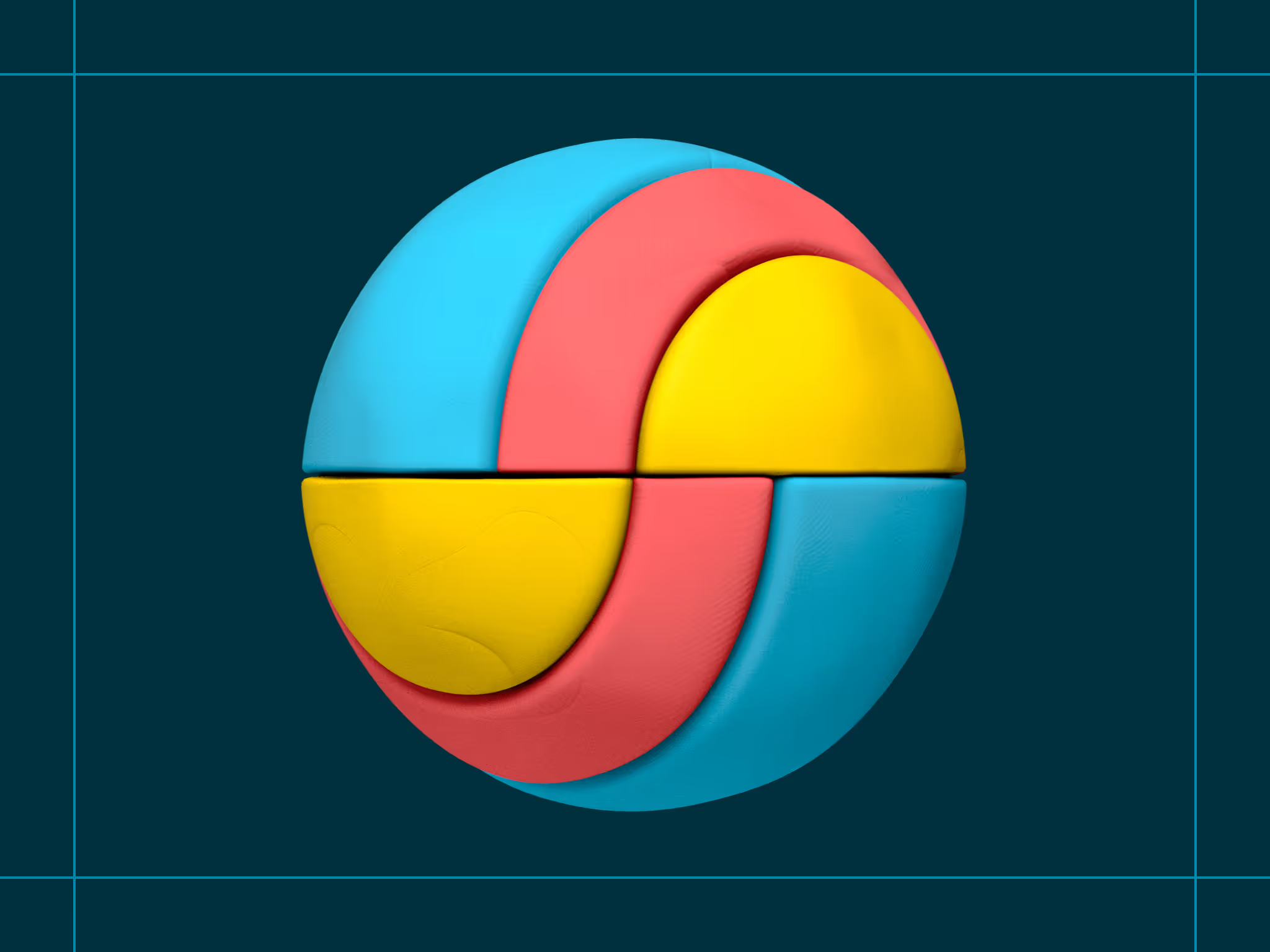

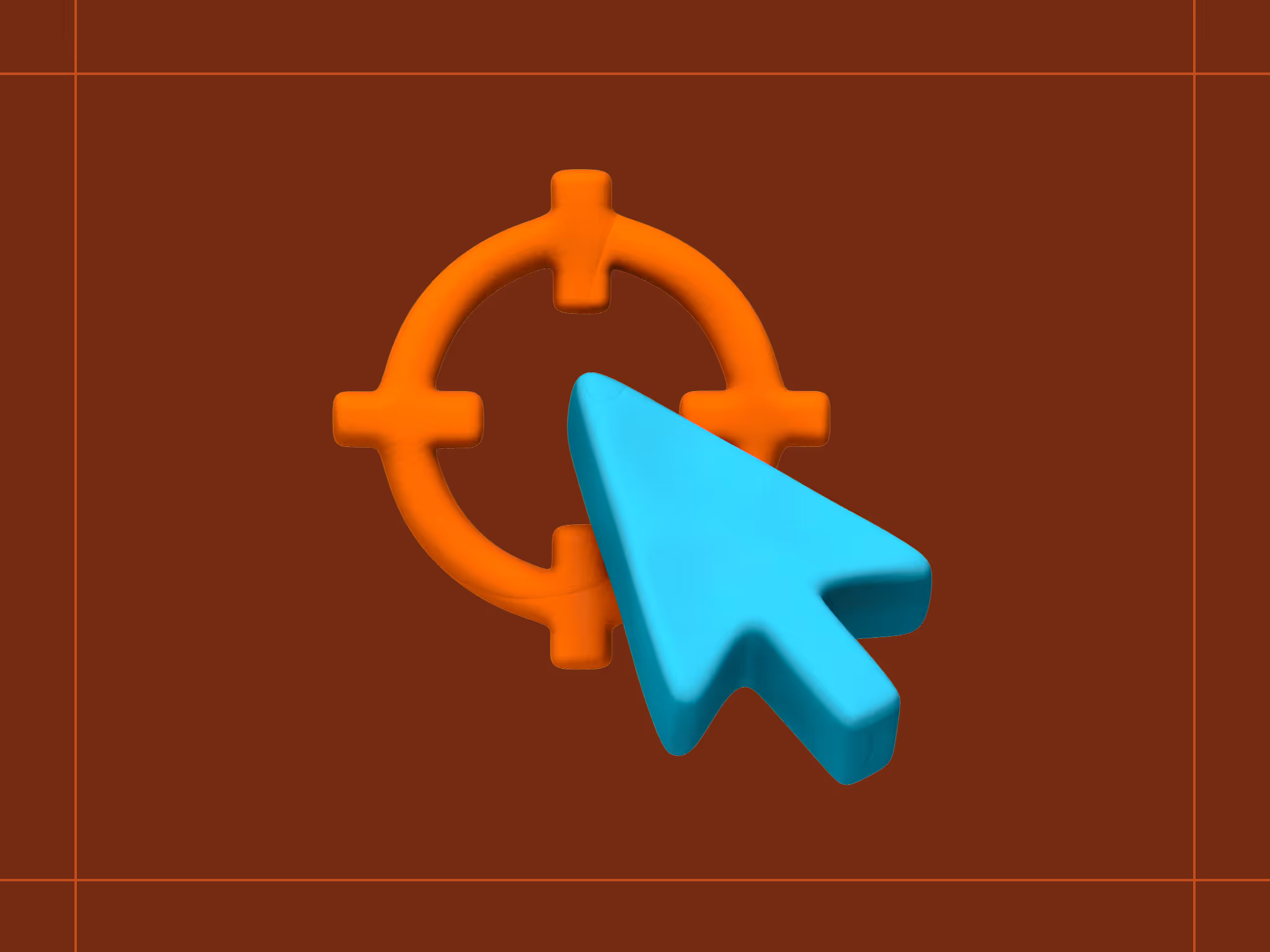
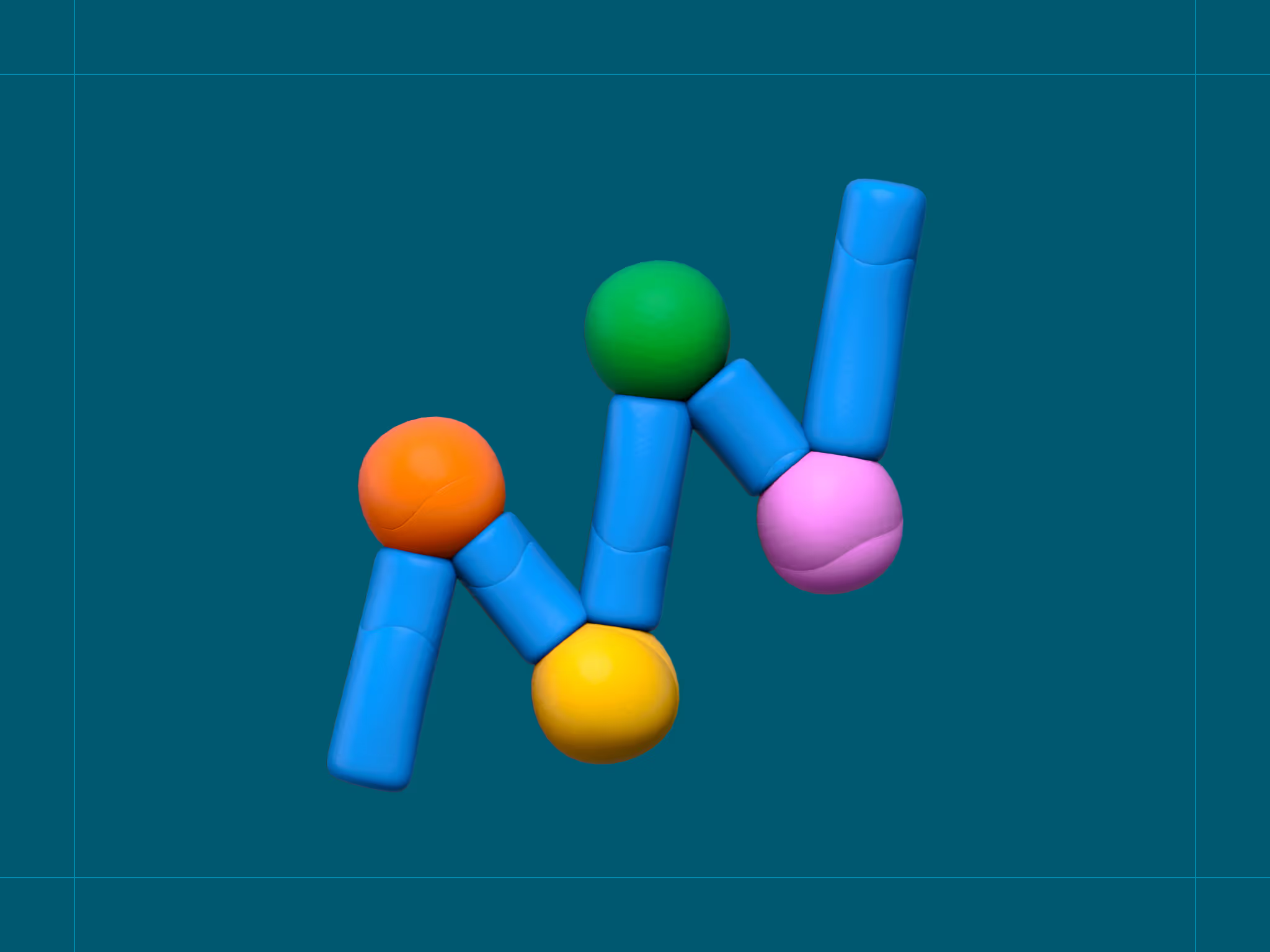
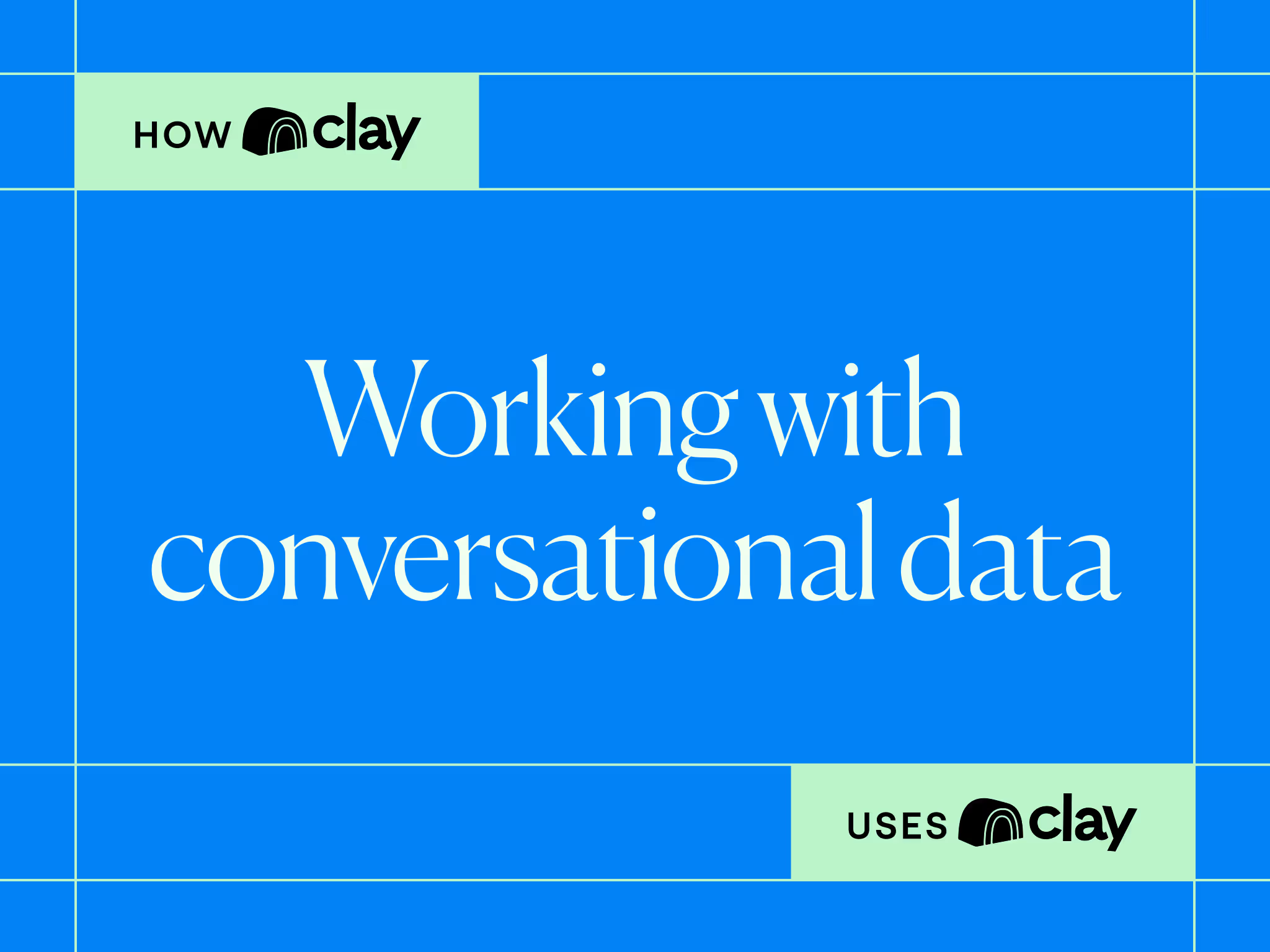
.avif)





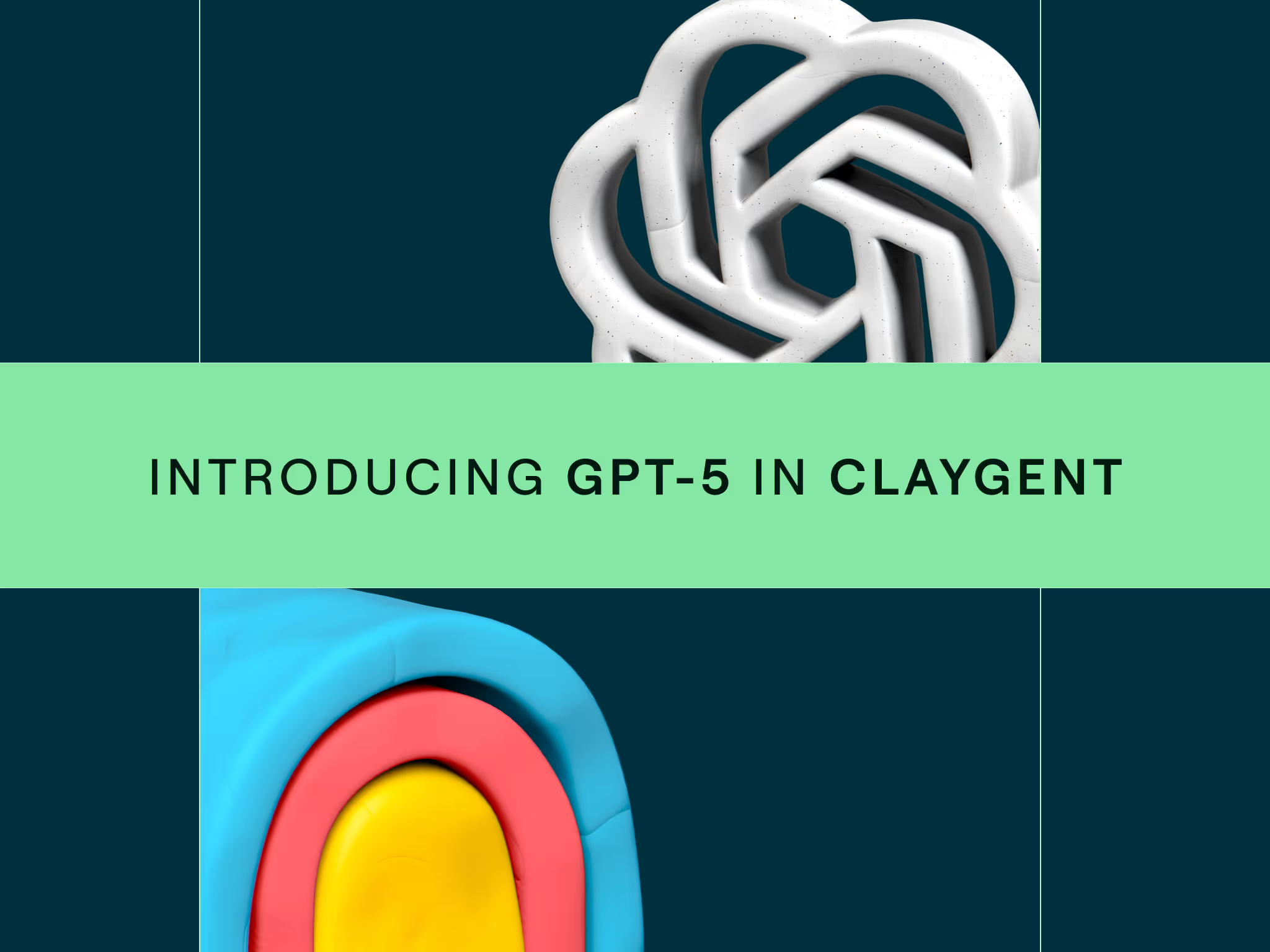







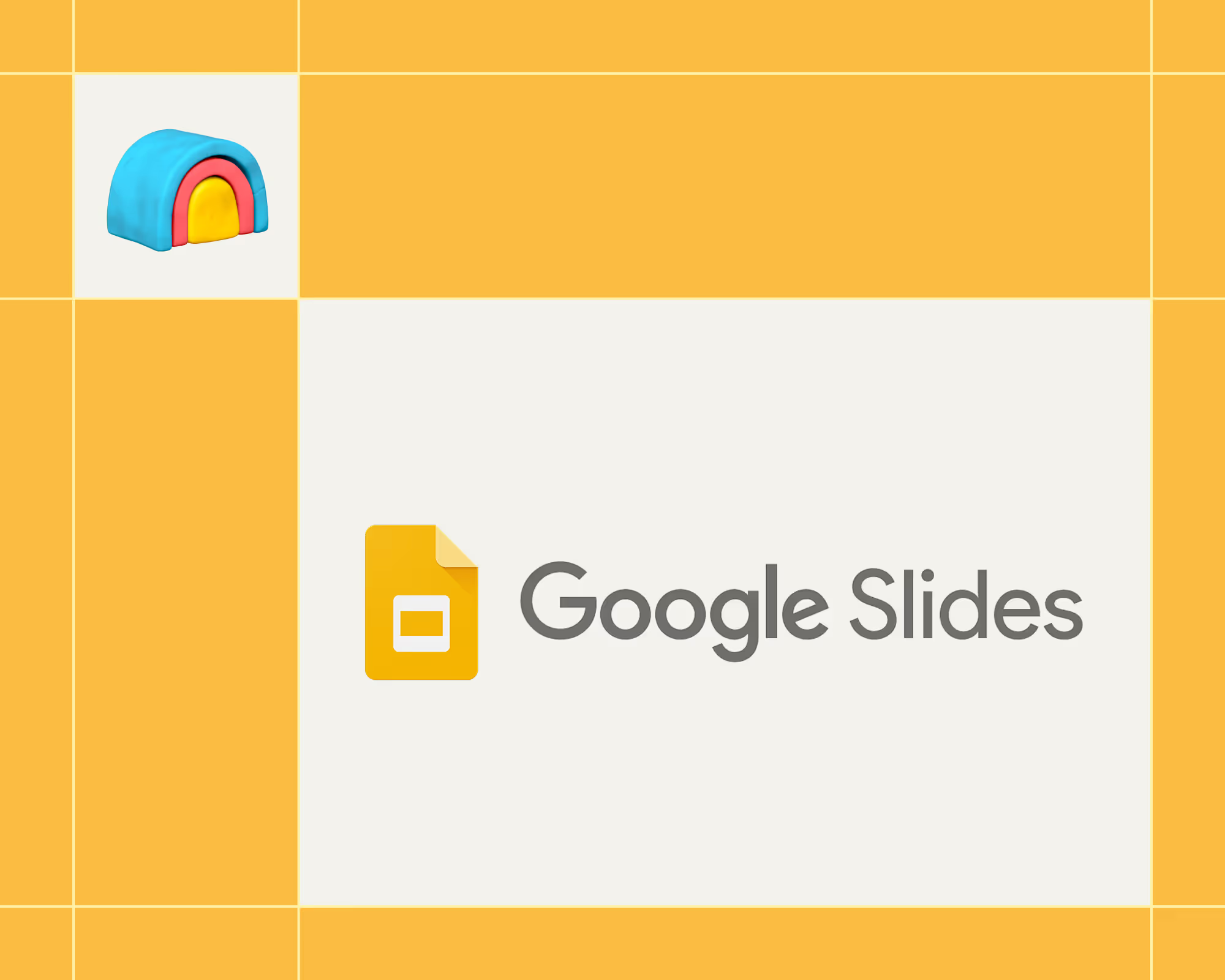
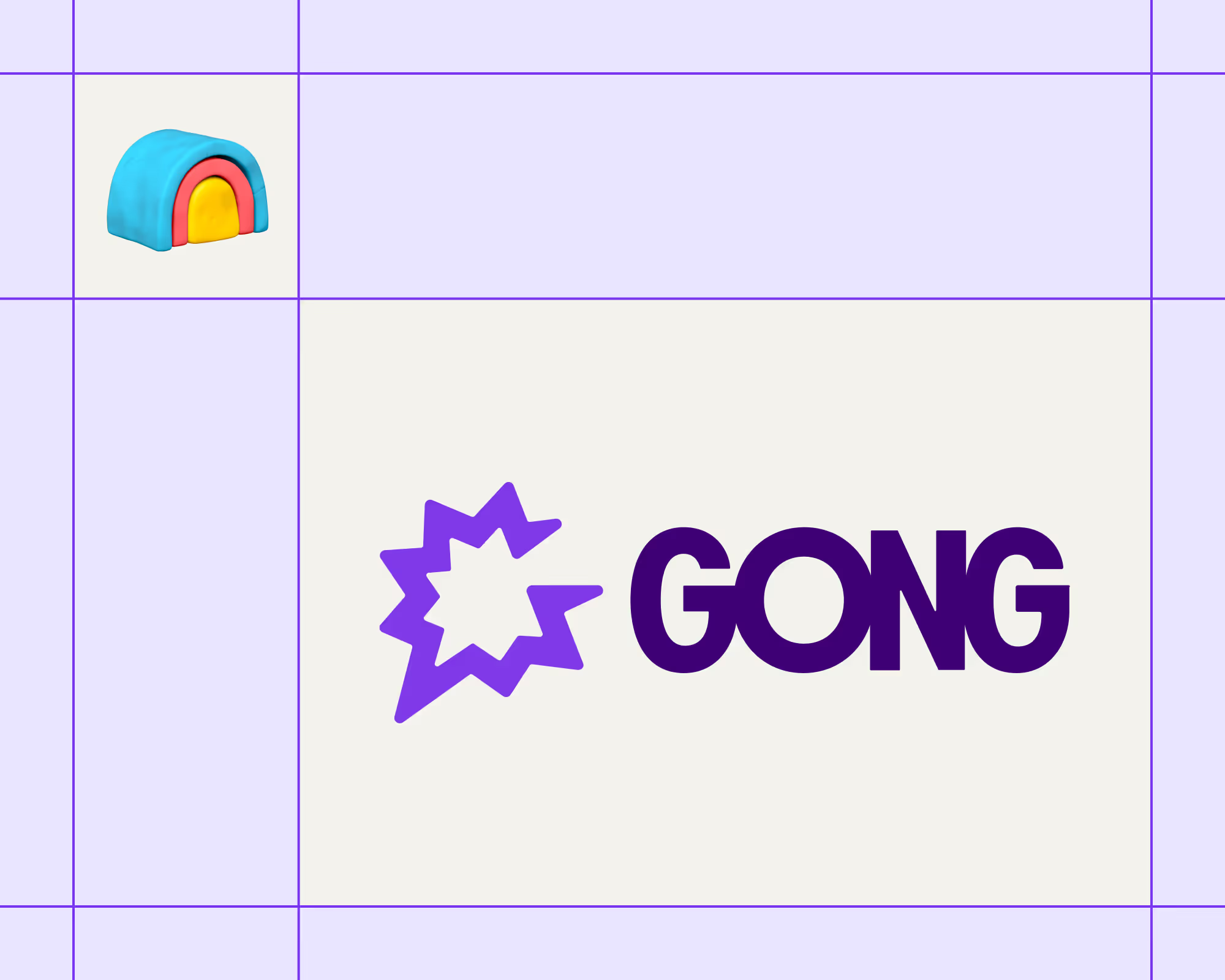

.avif)











.avif)
.avif)





















































